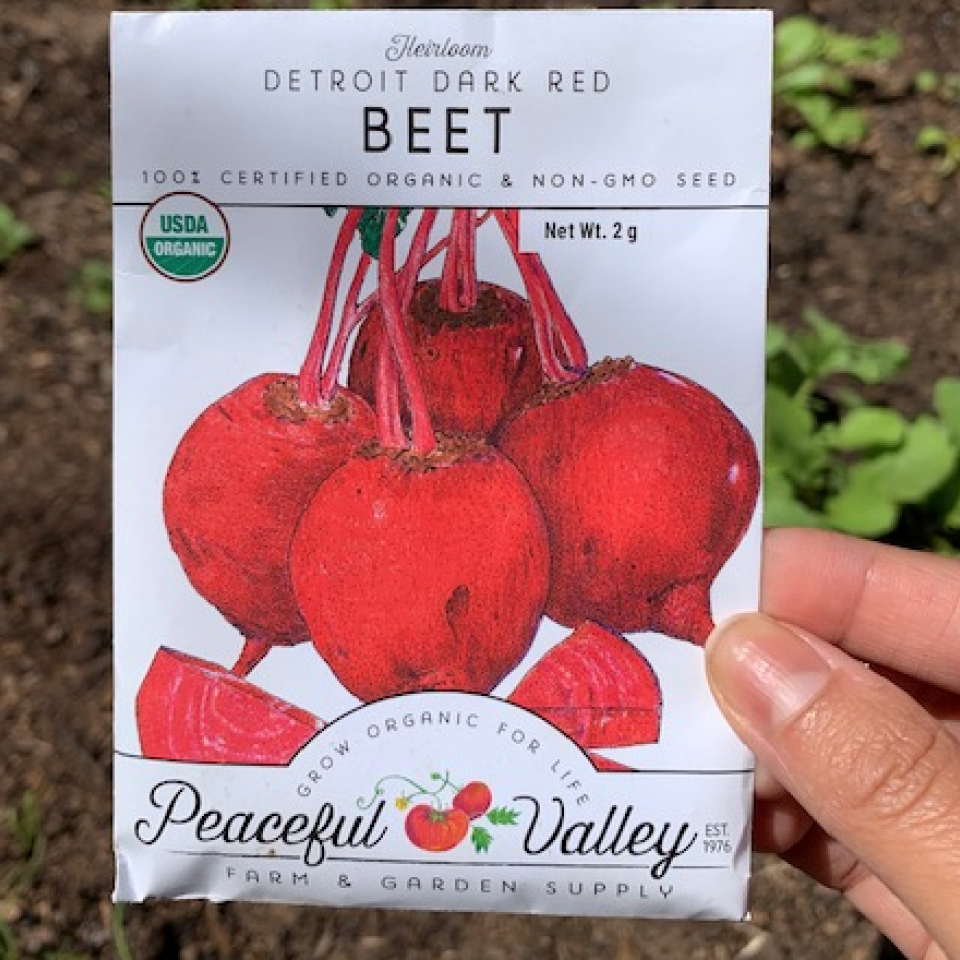
Lesson:
5/6
How To: Read a Seed Packet
Place of Learning:
Grade Level:
Summary:
Did you know that seed packets contain a wealth of information on how to grow the seeds they contain? This lesson will introduce you to gardening vocabulary terms that will assist you in reading seed packets. Knowing how to read a seed packet will help you become a great gardener!
Student Learning Goals & Objectives:
Students will...
- Practice reading and analyzing visual and information-dense text.
- Identify the life cycles differences between annual, biennial, and perennial plants.
- Learn key vocabulary related to starting plants.
Download Lesson Materials
Teaching Notes:
- We intentionally made the questions for the seed packet scavenger hunt general so that the questions could apply to many different seed packets.
- For teachers, this is a great lesson to jigsaw.
- The opening activity on plant vocabulary can easily be broken out across groups or to individual students who can then present their word or words to the class.
- You can give each student or group of students a different seed packet. Students can share their findings. You can extend with a compare and contrast between different varieties of seeds. Students can create lists of the different types of plants, their spacing, etc.
- You can create math problems looking at maturity dates, spacing, seed viability, etc.
- This lesson pairs well with our Direct Seeding lesson.
- This lesson directs students to use color coding with correlating symbols to understand labeling on a seed packet. The symbols support students who might be colorblind and where the color differentiation is not apparent.
- If students are completing this lesson as part of Know, Sow, Grow this is lesson five.




